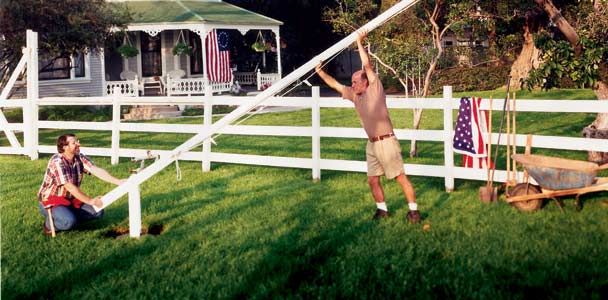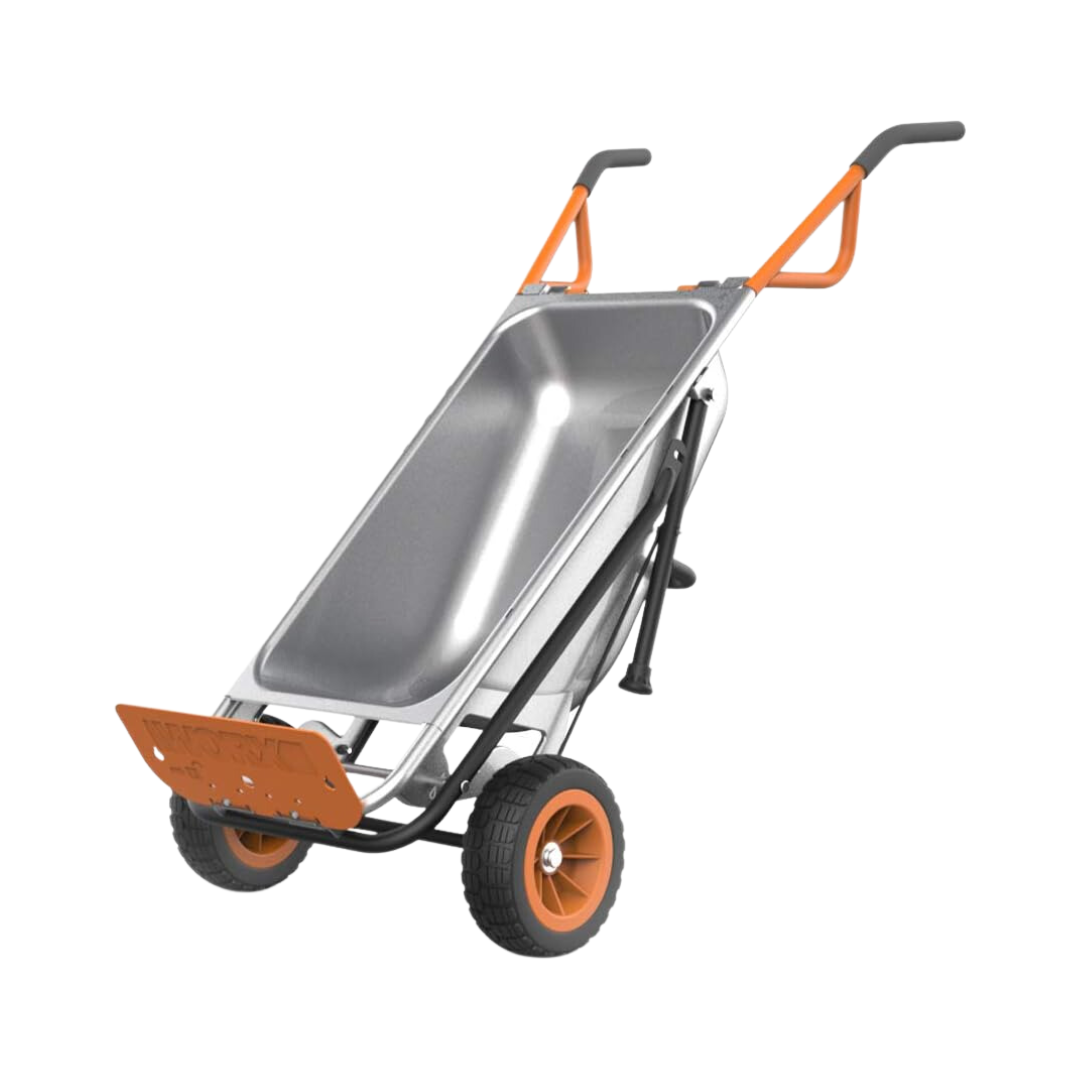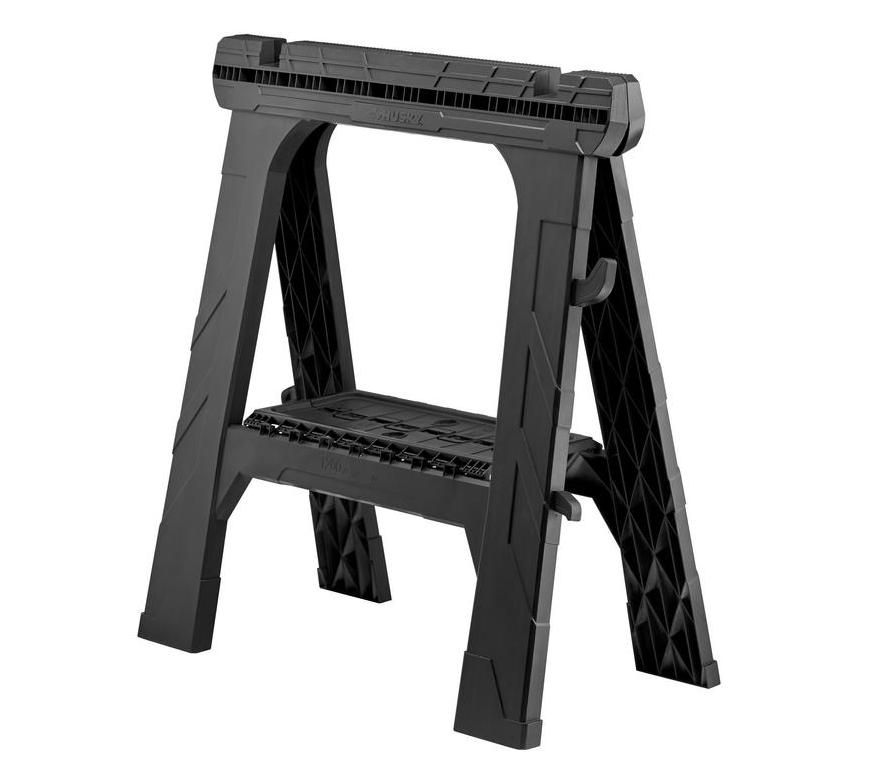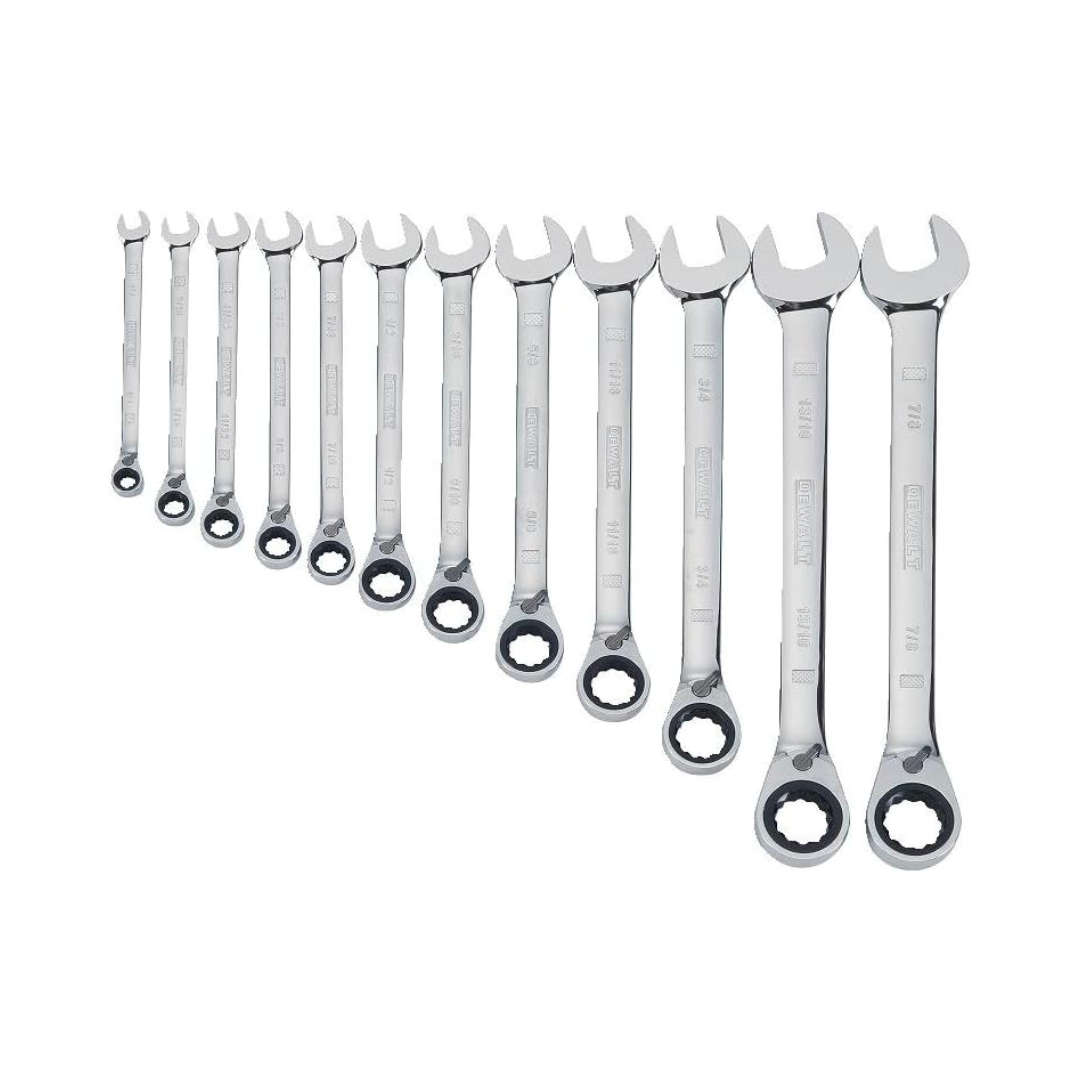We may be compensated if you purchase through links on our website. Our team is committed to delivering honest, objective, and independent reviews on home products and services.
Project details
Skill
Cost
Estimated Time
A stately in-ground flagpole allows you to proudly show your patriotism or fly custom flags on your property. In this guide, we walk you through all the steps for installing one yourself — from choosing the right pole to setting it firmly in the ground.
Choosing the Right Flagpole for Your Property
Before installing, consider the following factors to select the best flagpole for your needs.
Types of Flagpoles
There are several materials and designs to choose from:
- Fiberglass: These poles are lightweight, easy to install, and maintenance-free. The best fiberglass poles have a UV-resistant finish and vertical fiber construction for added strength. They come in various colors and can feature internal rigging to eliminate noise.
- Aluminum: Standard aluminum poles are light and easy to install. They often come with internal rigging options. However, painted versions may chip over time. Clear-coated brushed metal finishes are more resistant but may not match all home exteriors.
- Telescoping aluminum: These portable poles can be quickly raised or lowered. While convenient, you may find the visible joints ugly.
- Wood: Traditional wooden poles look authentic but are typically more expensive and require more maintenance than other styles.
How to Install a Residential In-Ground Flagpole
Here are the step-by-step directions for flagpole installation, starting with the right tools.
Tools You’ll Need
 Shovel
Shovel
Step 1. Choose a Location and Pole Height
To install a flagpole, first decide where in the yard to put it. You can do this by assembling a mock-up with PVC pipe and couplers. One person can hold up the pole in various spots so a second person can judge the effect from afar. A grassy spot in a prominent place by the house’s front door is ideal.
Consider how the flag’s movement will impact nearby structures and make sure the area is free from obstructions overhead. To choose a pole’s height, consider the height of the house or building: 18 to 25 feet for a single-story building, 25 to 30 feet for two stories, and 30 to 40 feet for three stories.

Step 2. Dig a Foundation for the Anchor
The day before installation, dig a foundation hole 30 inches deep and 24 inches in diameter, using a post-hole digger and shovel. This will hold the painted steel anchor, which supports the pole and prevents ground moisture from wicking up and rotting the wood. For taller poles or areas with loose soil, increase the depth to 36-48 inches. Check for and mark underground utilities before digging.
For soil that doesn’t drain well, add 6 inches of gravel or crushed rock before pouring the concrete. The base should be high enough that the pole can swing up and down with ease.
Shovel in 6 inches of concrete, let it set for a few minutes, and drop in the anchor. Check the anchor’s alignment using an 18-inch bubble level, then fill the hole with concrete and trowel it smooth.
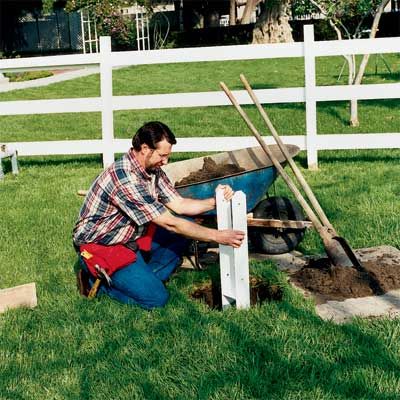
Step 3. Drill Holes for the Pivot Bolt
After the concrete has set for 24 hours, rest the pole on two padded sawhorses. Use a tape measure center the cleat on the pole’s halyard side. Using an 11/16-inch bit, drill holes for two ⅝-inch bolts.
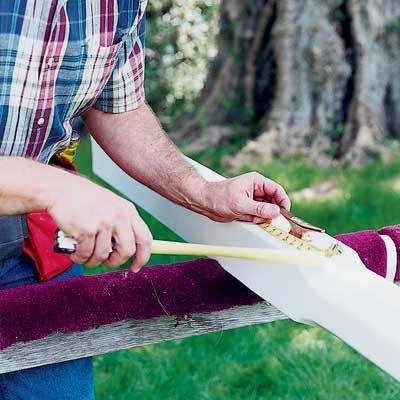
Step 4. Attach the Finial
To affix the truck (the flanged top that holds the finial and through which the halyards are threaded), set the double sheave into a notch on the top of the pole, so a sheave with the halyard pulled through lines up with a cleat on the base.
Before screwing on the truck, coat the inside and edges with silicone caulking for a watertight seal. Fit the finial into a ½-inch threaded hole in the center of the truck.
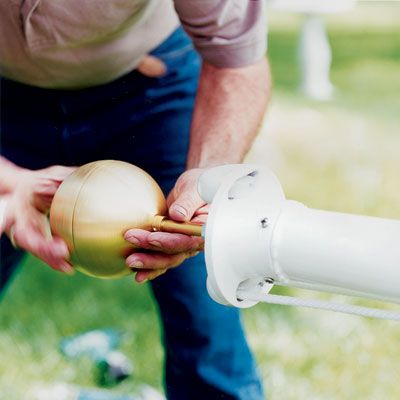
Step 5. Install the Pole
Set the pole into the anchor and insert the pivot bolt. Adjust the pole until it is plumb, checking how it looks from afar as a helper holds it steady.
Holding the preferred position, mark the pole at the predrilled holes on the anchor. Remove the pole, rest it on the padded sawhorses, and drill holes for the locking bolt. Insert the pole into the anchor again and install the pivot bolt.
Finally, install the locking bolt and finger-tighten it. Once again, check to make sure the pole is plumb.
Regularly inspect your flagpole for signs of wear or damage. Clean the pole and lubricate moving parts for smooth operation.
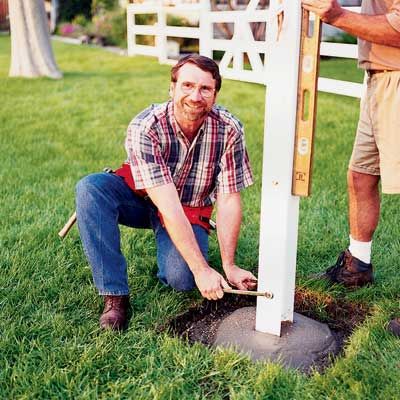
Flagpole Installation Costs By Type
Cost data below is sourced from our partners at Angi.
| Portable | $75-$220 |
| Residential | $200-$800 |
| Telescopic | $65–$600 |
| Commercial | $780–$1,000 |
| Wooden | $3,600–$7,000+ |
Troubleshooting Common Flagpole Installation Issues
Here are solutions to common problems you may have during installation:
- Leaning pole: Check the foundation and adjust the locking bolt if necessary.
- Difficult flag raising: Lubricate the sheaves and inspect the halyard for fraying.
- Noisy halyard: Consider installing internal rigging or halyard covers.
- Faded finish: Clean and apply a UV-resistant coating.
